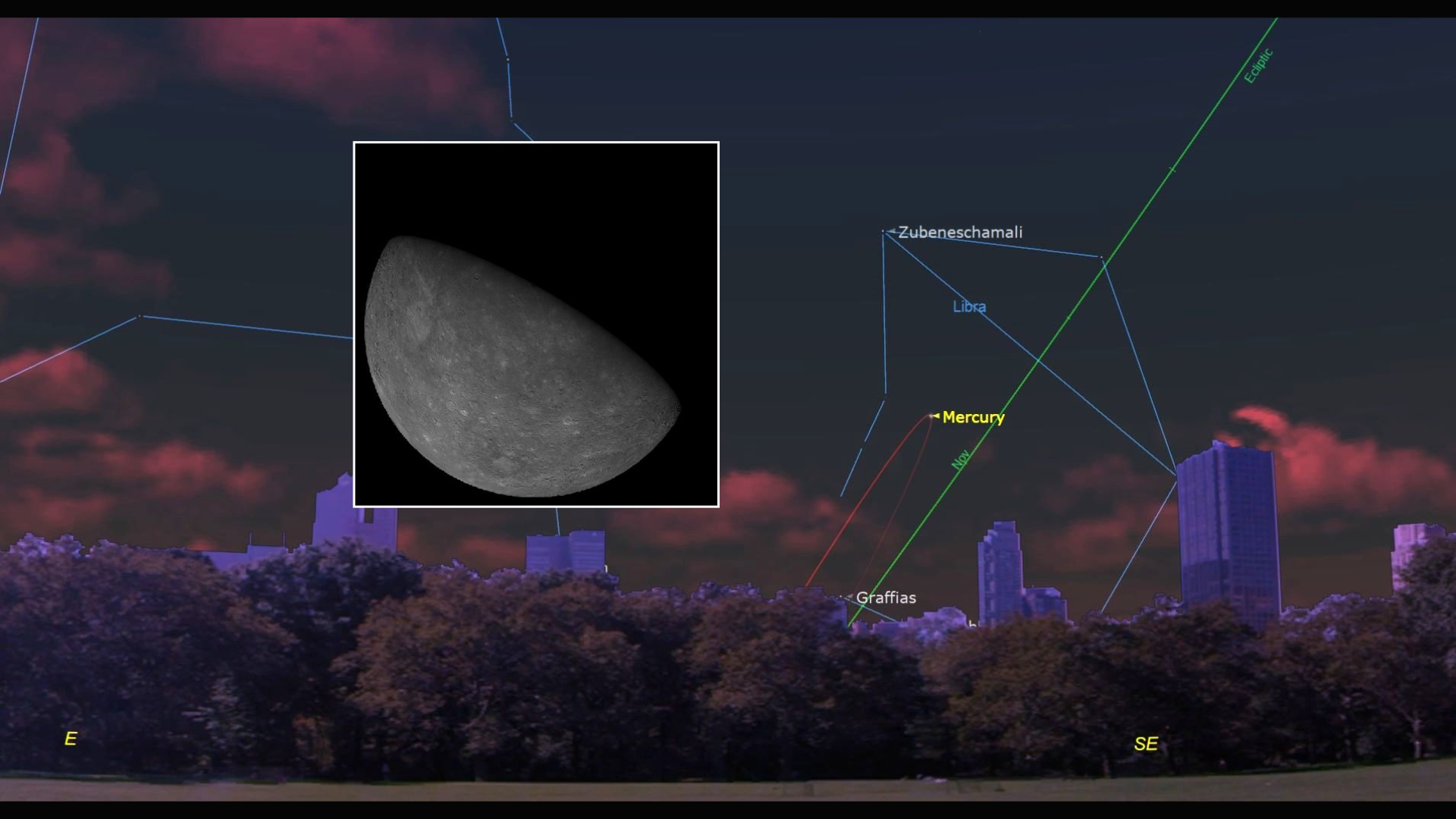NASA Finally Goes Metric
When NASA returns astronauts to the Moon, the mission will be measured kilometers, not miles.
The agency has decided to use metric units for all operations on the lunar surface, according to a statement released today.
The change will standardize parts and tools. It means Russian wrenches could be used to fix an air leak in a U.S.-built habitat. It will also make communications easier, such as when determining how far to send a rover for a science project.
NASA has ostensibly used the metric system since about 1990, the statement said, but English units are still employed on some missions, and a few projects use both. NASA uses both English and metric aboard the International Space Station.
The dual strategy led to the loss of the Mars Climate Orbiter robotic probe in 1999; a contractor provided thruster firing data in English units while NASA was calculating in metric.
The decision comes after a series of meetings between NASA and 13 other space agencies around the world, where metric measurements rule.
"When we made the announcement at the meeting, the reps for the other space agencies all gave a little cheer," said Jeff Volosin, strategy development lead for NASA's Exploration Systems Mission Directorate. "I think NASA has been seen as maybe a bit stubborn by other space agencies in the past, so this was important as a gesture of our willingness to be cooperative when it comes to the Moon."
Breaking space news, the latest updates on rocket launches, skywatching events and more!
Informally, the space agencies have also discussed using Internet protocols for lunar communications, the statement said.
"That way, if some smaller space agency or some private company wants to get involved in something we're doing on the Moon, they can say, 'Hey, we already know how to do internet communications,'" Volosin said. "It lowers the barrier to entry."
- Top 10 Apollo Hoax Theories
- Images: Walking on the Moon in 3D
- NASA Unveils Strategy for Return to the Moon
- Lunar Explorers Face Moon Dust Dilemma
- All About the Moon

Space.com is the premier source of space exploration, innovation and astronomy news, chronicling (and celebrating) humanity's ongoing expansion across the final frontier. Originally founded in 1999, Space.com is, and always has been, the passion of writers and editors who are space fans and also trained journalists. Our current news team consists of Editor-in-Chief Tariq Malik; Editor Hanneke Weitering, Senior Space Writer Mike Wall; Senior Writer Meghan Bartels; Senior Writer Chelsea Gohd, Senior Writer Tereza Pultarova and Staff Writer Alexander Cox, focusing on e-commerce. Senior Producer Steve Spaleta oversees our space videos, with Diana Whitcroft as our Social Media Editor.
